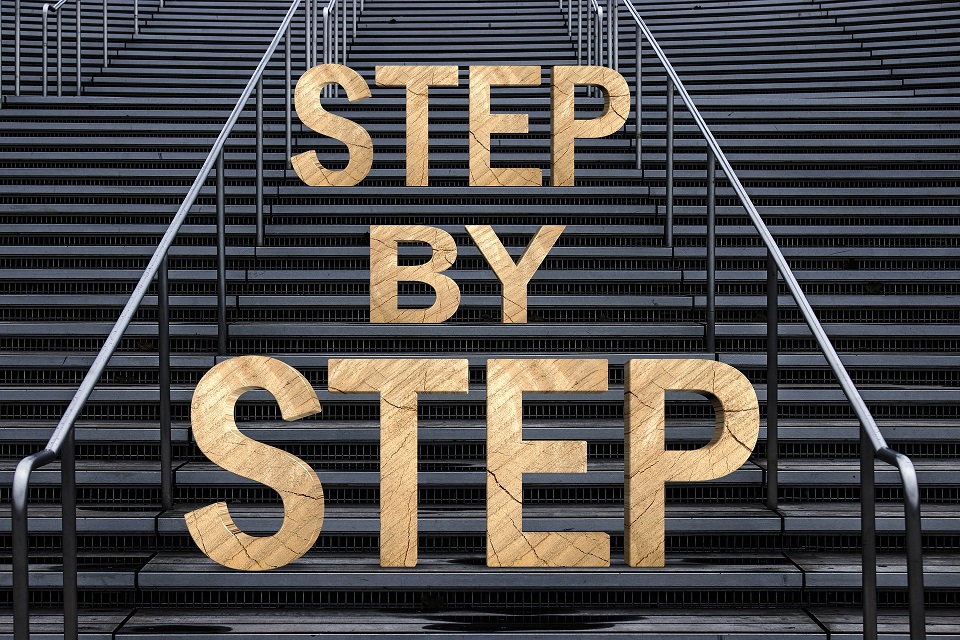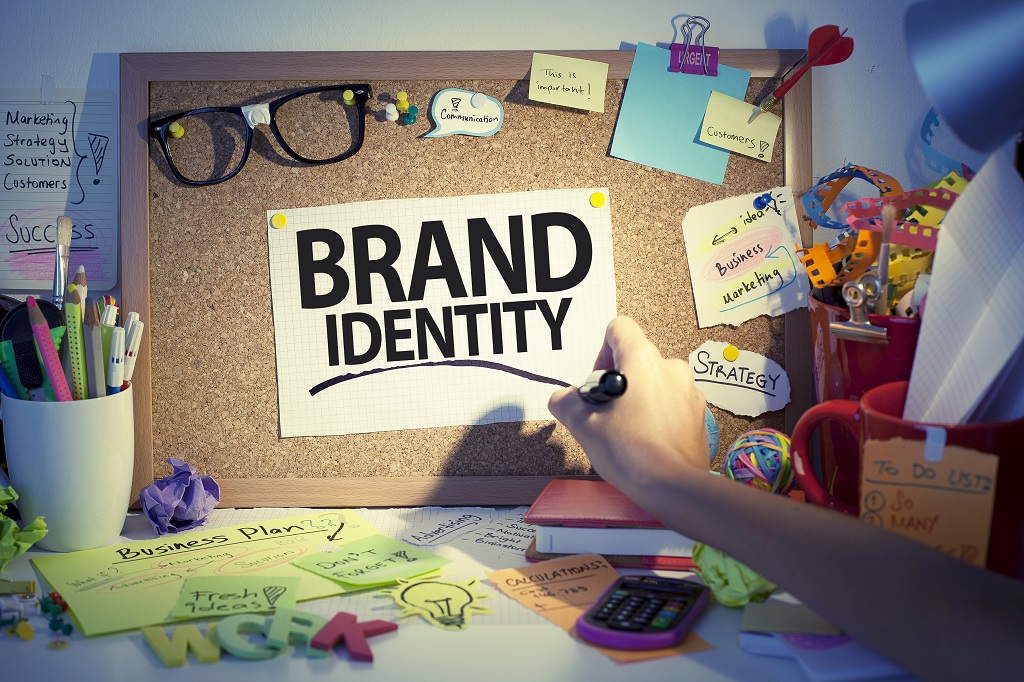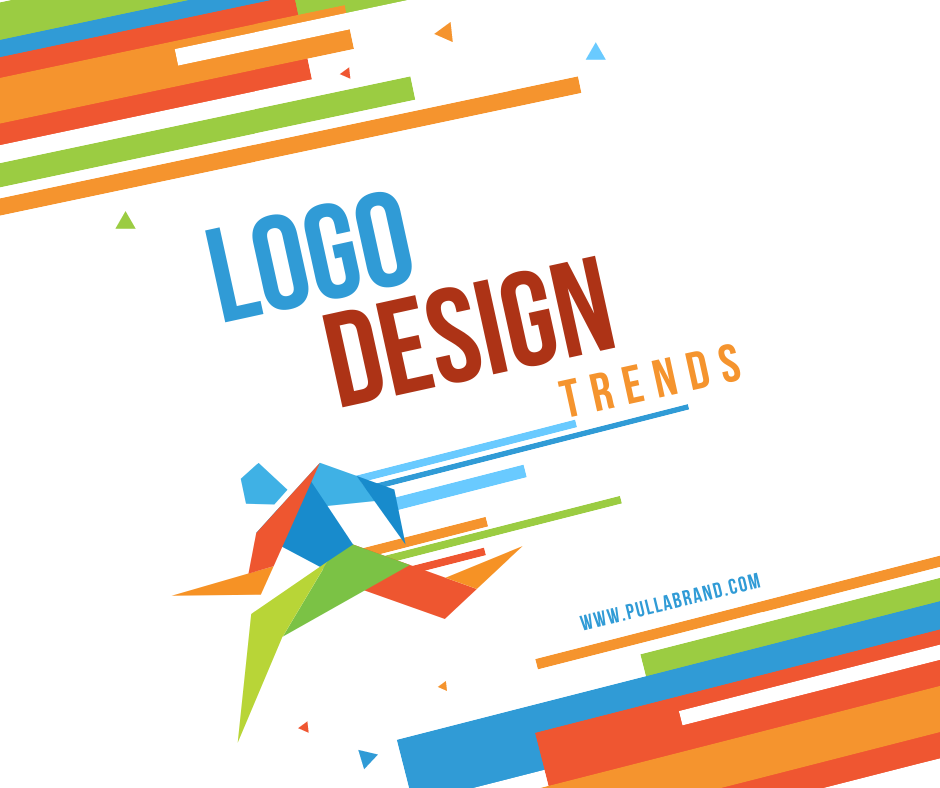
Entirely Professional & Strategic Digital Marketing Services
“Very professional service. I am glad to start my marketing project at Pull a brand. I’ve got the promised results and also witnessed a massive boost to my sales. I got a raise of 5% in my per annum leads generated. Thanks for your marketing services.”

Brand Analysis
Keyword Research
Site Optimization
Planning Campaigns
Building Social Profiles

SEO & Marketing
Implanting keywords, links and optimization practices to make your site list at the top every time a user searches for your domain.
Not just promises but result-driven search engine optimizations that makes your business recognized and gains credibility. Organically exposing your brand to new audience while keeping up with the old ones. We cater to major SEO techniques driven by experience in the variable industry, and a team of expert strategists.

Social Media Presence
Building trust and transparency in business through a strong social media handle is a must for every brand.
Being aware of the social trends and news, Pull a Brand has a strong wisdom to social media stats and algorithms. Planning your brand activity over diverse platforms and designing them to attract audience. Keeping a record of the analytics and effectiveness of each post, we take your social presence to new heights.

Pay Per Click
Sometimes a little kick starts or a back push is very important for business to become stable and make more space to grow your array.
With a strong PPC strategy, we make sure each of the running campaign is fruit full and drives the results that your wish for. You invest money to get leads and audience recognition in return with an effective PPC campaign. These campaigns are results-targeted content to attract audience across the internet.

Content Marketing
Grabbing the audience attention with words that influence. Keywords targeting content that results in better site performance, recognition and builds trust.
You might not have an idea of the power words hold. We write text complementing graphics that is easy to communicate and understand. Wrapping your brand in your most inspiring words to showcase transparency, experience and dedication that makes your brand a pure success.
TEAM ADVISOR
SEARCH BY TIME
API ACCSESS
SEO & MARKETING
What We Do
We collectively work to bring out the best digital experience for your brand.

Get in Touch
Latest News & Blogs
Get updates about the latest addition to the marketing industry.
-
10 Steps to Starting Your Own Business
So you’re planning to start your own business? Pull up your socks and hold your breath
-
Why and How to Rebrand Your Business
– So you’re wondering how to go about rebranding your business? – Are you feeling a little
-
How Much Should a Professional Logo Design Cost?
How do you figure out if you’re really receiving a reasonable logo design for the right














